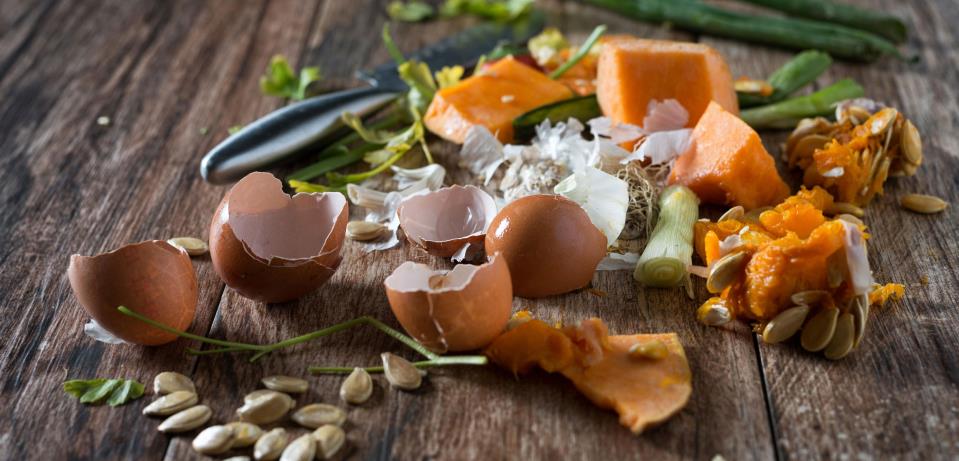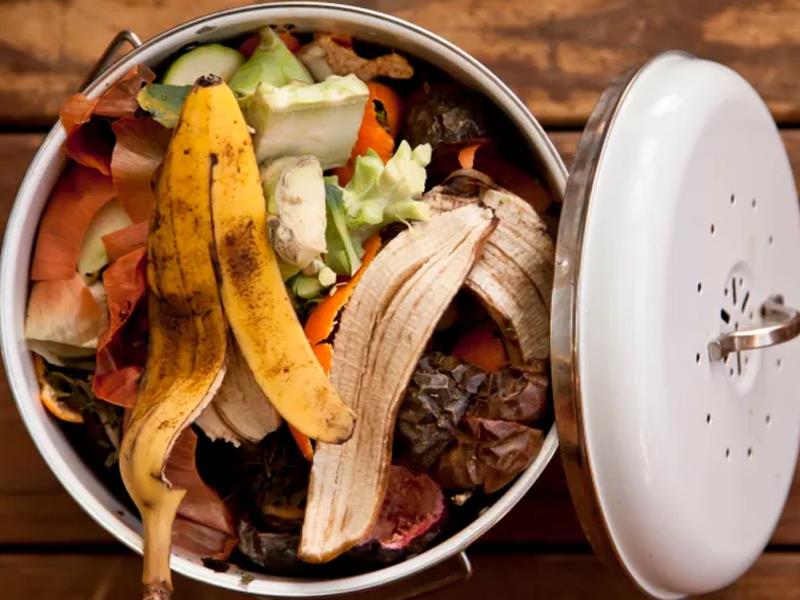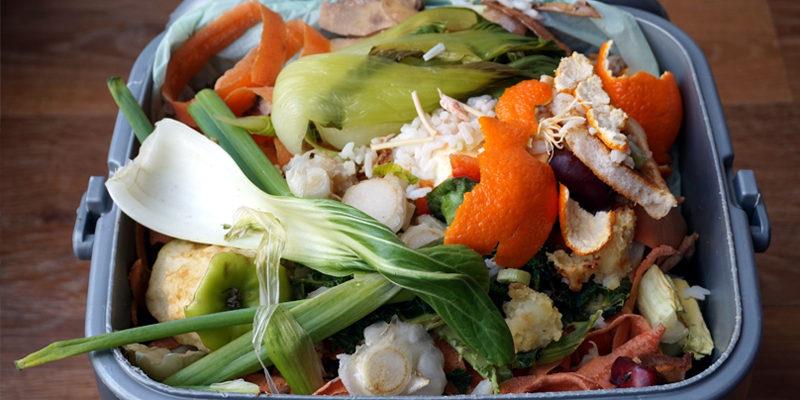Contrary to popular belief, and also contrary to the Wasteserv website, organic waste which is transformed into compost-like material is not being used as such. Since it is mixed with organic waste from black bag, it is not being used as soil improver but being placed primarily in landfills for capping, according to the Ministry for the Environment, Sustainable Development and Climate Change.
When asked to confirm if organic waste is being used, after being processed, as a soil improver, a spokesperson for the Ministry said that it currently does not satisfy the End of Waste Criteria with regards to heavy metal contamination.
The End of Waste Criteria specifies when certain waste ceases to be waste and obtains the status of a product (or a secondary raw material), per the EU Waste Framework Directive.
The Ministry also confirmed that all “organic waste is being processed, however, the remnant output is being put to other controlled uses at the moment, primarily landfill capping…”
Landfill capping is a containment technology that forms a barrier between the contaminated media and the surface, thereby shielding humans and the environment from the harmful effects of its contents and perhaps limiting the migration of the contents.
According to the Wasteserv website, organic waste should be separated to adhere to EU environmental objectives but also because the separately collected organic waste will enable less waste to be sent to our landfill and its processing will yield clean energy which will be used to make our energy mix even greener.
When organic waste ends up in landfills, besides taking up precious physical space, it decomposes anaerobically – without oxygen – and releases methane into the environment. Methane is a powerful and central contributor to global climate change, the Website continues.
“Furthermore, when organics are landfilled their valuable components can’t be recovered, recycled or reused. We also lose critical nutrients that could be returned to the soil restoring soil health and the vitality of the soil food web leading to a missed opportunity to efficiently capture the energy potential stored in this renewable energy source,” the Wasteserv website notes.

Organic waste processing
At the moment, after collection, the organic bag arrives at the Sant Antnin Waste Treatment Plant receiving area, via refuse collection vehicles. A wheel shovel loads the organic bags in a bag opener where the bags are ripped open.
The material flows through a drum screen where the organic material is separated from the plastic bag. Water is then added to the organic fraction and the solution is pumped to the digester tanks where the solution is stored for several days. This is as part of the process that leads to the generation of biogas and ‘digestate’.
According to the Wasteserv website, processing organic waste will yield several by-products, including compost and heat. Although the Ministry confirmed the compost-like material is not being used a soil improver, there was no mention if the heat being generated by the separated organic waste is being used to warm the water in the swimming pool of the Inspire Foundation which is used for therapeutic swimming, as claimed on the website.

Amount of organic waste collected
Since the nationalisation of the organic waste collection on the 31 October 2018, over 25,000 tonnes of organic waste was received at Sant Antnin Waste Treatment Plant. In comparison, during the pilot project, in 2017, only 3000 tonnes of organic waste was collected.
The Ministry also confirmed that more than 21,500 tonnes of organic waste were collected in 2019, to date, in a source segregated manner.

The future of organic waste in Malta
It was reported that Wasteserv CEO Tonio Montebello had pointed out that for the Sant Antnin plant to be fully operational, there needed to be a “critical mass” of at least 30,000 tonnes of waste per year.
Consequently, some of the organic waste from the black bags is being added to the white bags to boost the volume being collected. Eventually, this practice would be phased out, he had said.
Montebello had noted that it is for this reason that the compost-like material cannot be used a soil improver.
The Ministry noted that given that the volumes of source segregated waste that is currently being collected have exceeded Wasteserv’s initial estimates, the Sant Antnin Waste Treatment Plant is closer in reaching its critical mass to operate solely on source segregated waste.
For this reason, over the past months, WasteServ has been preparing for the installation of modern, more efficient and specific equipment that will enhance the operations of this process.
The Ministry noted that these improvements are expected to provide a much better waste treatment process for the source segregated waste and hence the compost like output will be of much better quality.
Following a trial period, laboratory tests of the quality of the compost like output are to be carried out. If these results are found to be of sufficient quality, Wasteserv will be applying for the End of Waste, so the output can be approved to be used as a soil improver.